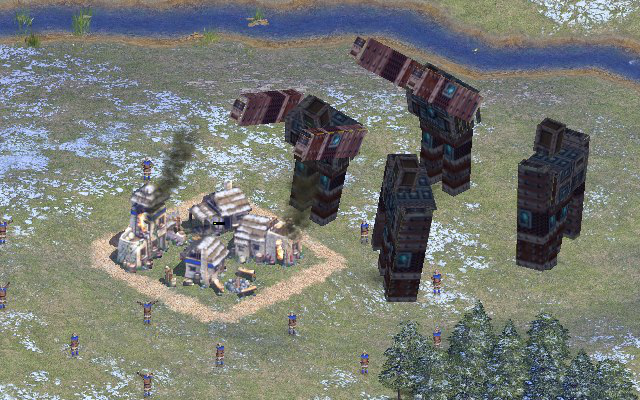
The first city built is always your capital - it is automatically named Civ style, dependant on which of 18 differing nations you have chosen, although you have the option to rename it and any other cities to those of your choice.

Once you have built your lumber mill, only a certain amount of citizens can work there, any spare will automatically find themselves something else to do within the city limits - if you have some ‘idle’ citizens, you can just send them to other cities to make up any shortfall.
#Rise of nations assign hotkey full#
Resources themselves are ‘unlimited’ - assigning your citizens (not peasants) to get some lumber will not result in the eradication of the forest - you can assume a full programme of harvesting & replanting takes place ‘invisibly’.

a granary) will only affect production within that city. Resources gathered need to be within the city limits (shown as a red circle) and enhancements to buildings (i.e. Buildings however can only be built within the city limits, so, to expand & conquer, you need to build new cities to expand your own borders. Each City can only have a certain amount of buildings (5 farms for example) and, as more buildings are added, so the city size & strength grows with it. Differences soon start appearing though - expansion is based upon the ‘city’ concept rather than the time honored ‘town hall’.
.jpg)
Broadly speaking, the controls are of the standard variety meaning if you have played AoE or just about any other strategy game, you will soon have your units running around following your commands. There is a multi stage Tutorial, allowing gamers of differing experience to jump in and catch up with any new innovations without having to ‘start from scratch’.


 0 kommentar(er)
0 kommentar(er)
